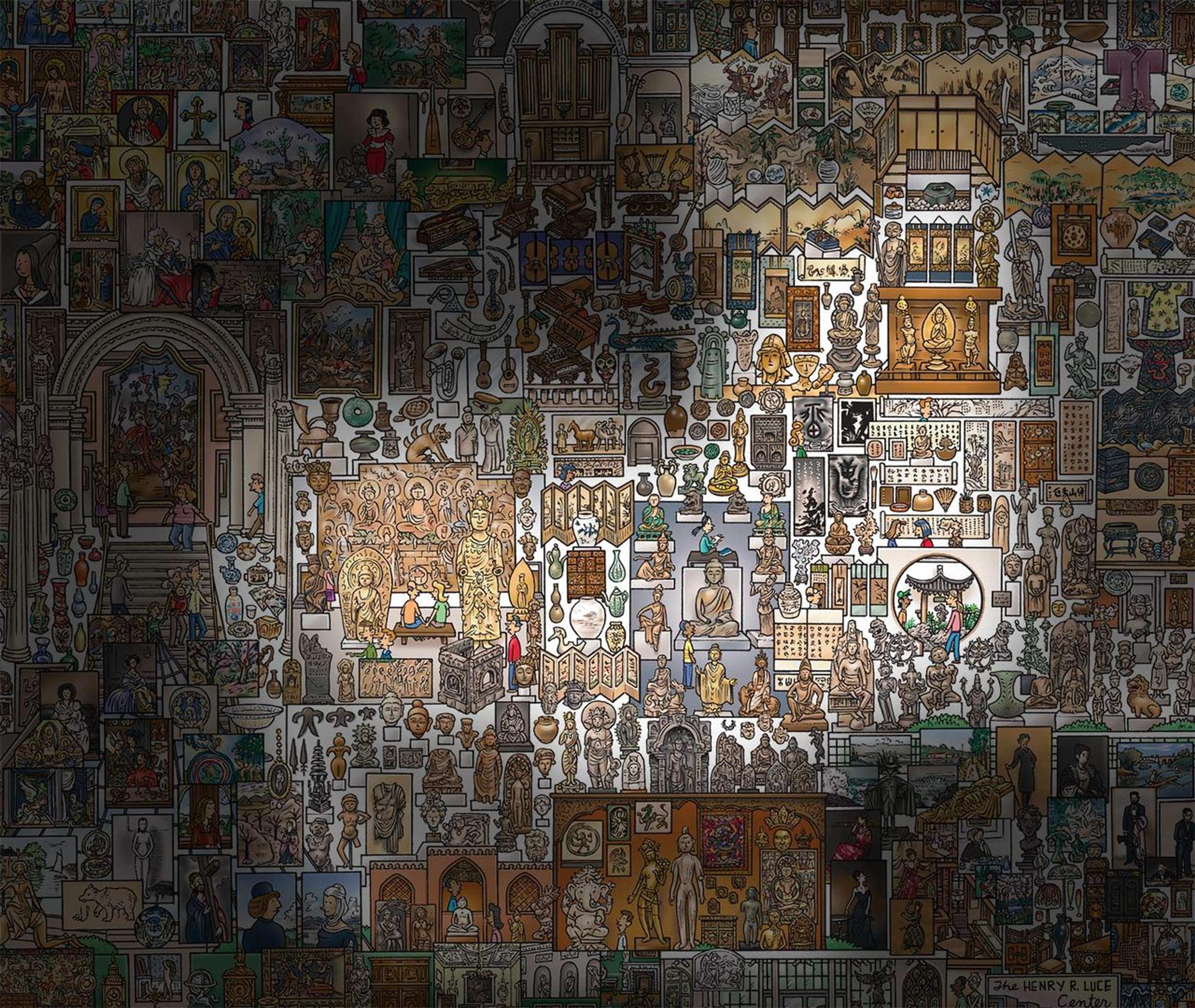
The Asian Art collections on the #MetKids map
Are you ready for a treasure hunt in Asian Art? Try to spot glittering gods and peaceful hideaways. You can use the pictures and clues below to find four different works of art.
The picture on your left is your first clue. Click it to hop into the #MetKids Time Machine. In the Time Machine, try to find the artwork. Follow the Clues and Fun Facts on the right to help your search.
Want to see how you did? At the end of each section, click Reveal! to show the full artwork. Good luck!
A Glittering God
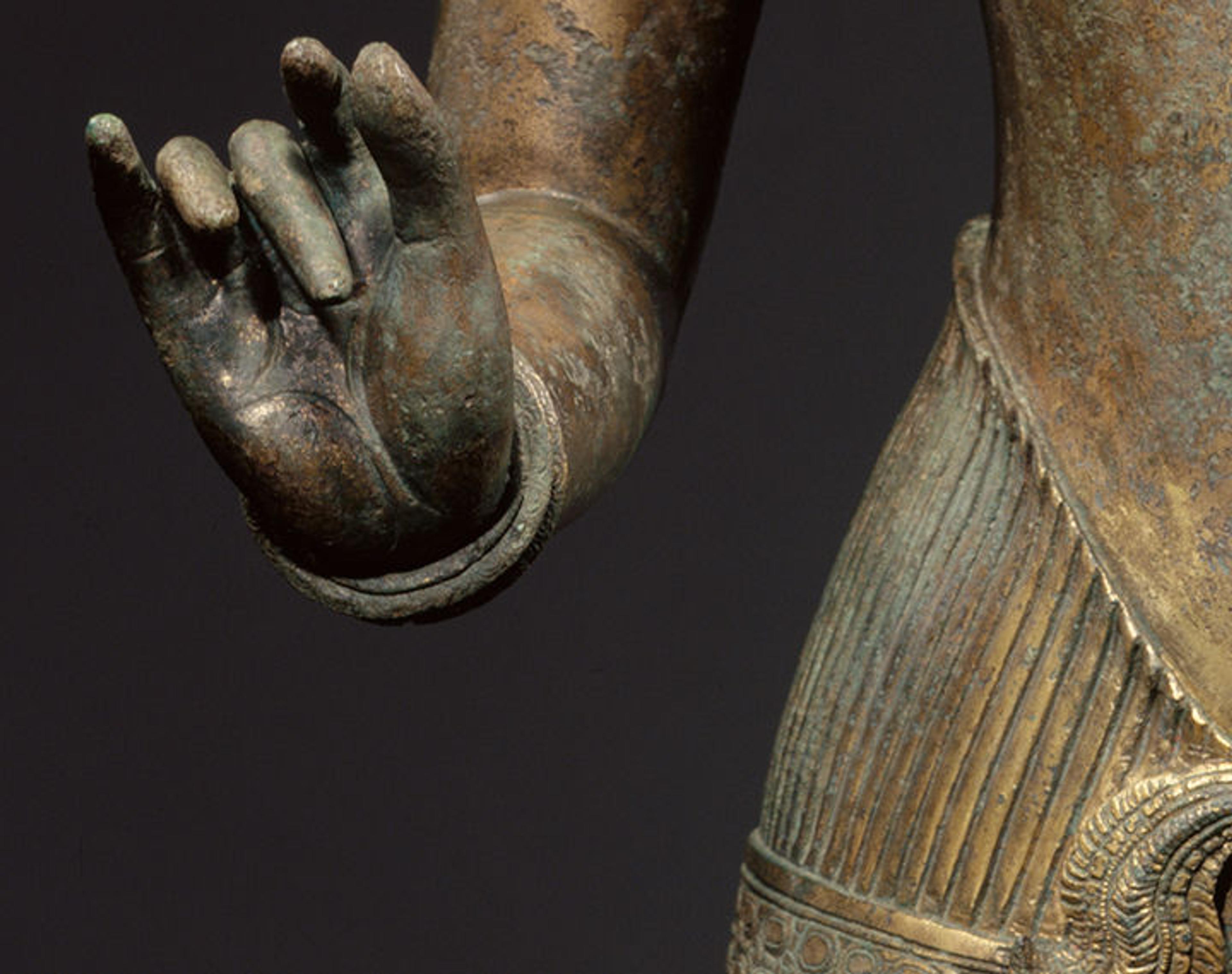
Clue: This famous figure from Cambodia is made of metal covered with real gold. When this statue was made, almost 1,000 years ago, people in Cambodia often made statues of kings that looked like gods. Here, you can see the figure has big muscles and wears a lot of jewelry: a crown, bracelets, a necklace, and armbands. In Cambodia, both gods and kings were shown with powerful bodies, dressed in elegant textiles and fancy jewelry. Is this a Cambodian king, or maybe the Hindu god called Shiva? One big clue is missing: can you see he's not holding anything in his hands? If he were, it might help us decide. Instead, his identity is a mystery.
Fun Fact: Notice the statue's drooping earlobes. Those are holes from really heavy gold earrings.
You can also see this statue in gallery 249.
A Healing Painting
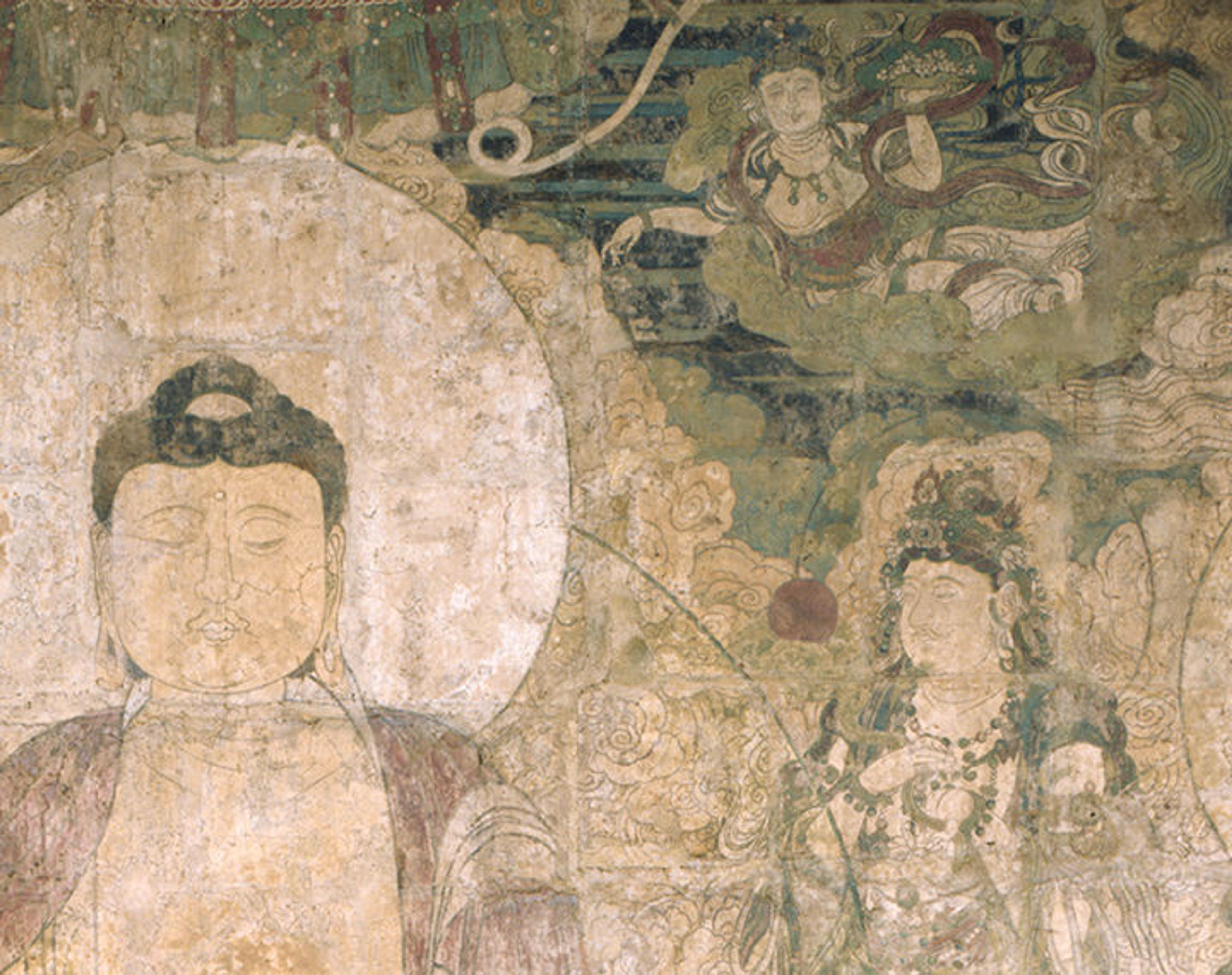
Clue: This painting on a wall, called a mural, is around 700 years old. It comes from the main hall of a Buddhist monastery in northern China. In the center, the Buddha of medicine sits cross-legged in a red robe. He blesses people with healing and good health. When monks passed by the mural, the images reminded them to meditate on what they had learned.
Fun Fact: Do you remember the first time you read a story? While the monks at the temple probably could read, many visitors couldn't. They could learn about Buddhism through pictures instead of words.
You can also see this mural in gallery 206.
A Peaceful Courtyard
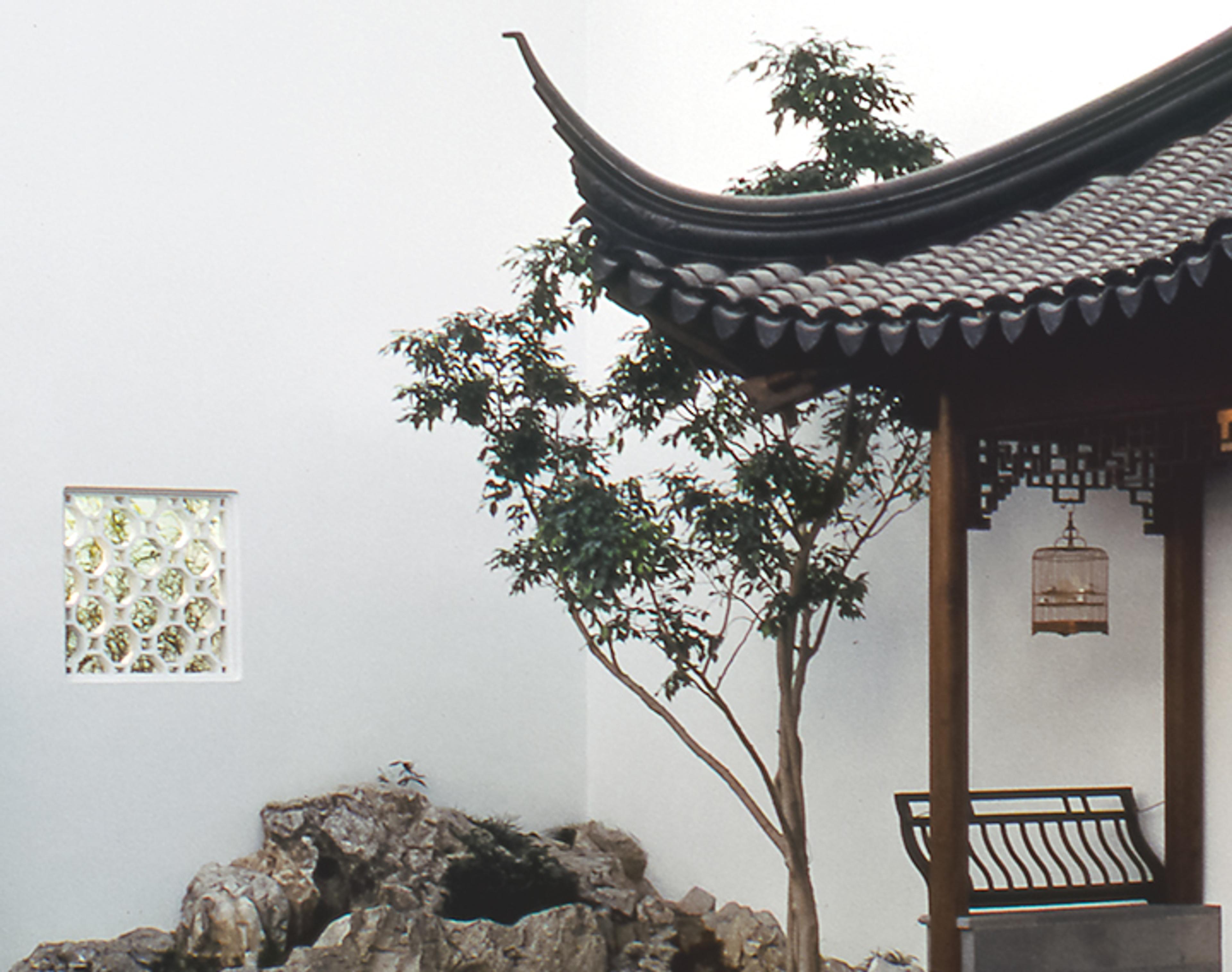
Clue: A courtyard much like this one was part of a Chinese home in the city of Suzhou more than 300 years ago. Originally, the courtyard was open to the sky. You could breathe the fresh air, watch the moon rise, and hear the whispering trees. In 1980, craftsmen brought materials all the way from their home in China to build this court at the Met. Do you see little triangles along the edge of the roof? They are meant to gather the rain and make it drip in interesting patterns.
Fun Fact: Believe it or not: there are no nails holding everything together here. Instead, the person who made this used special woodworking skills.
You can also visit this garden court in gallery 217.
A Stone Fountain
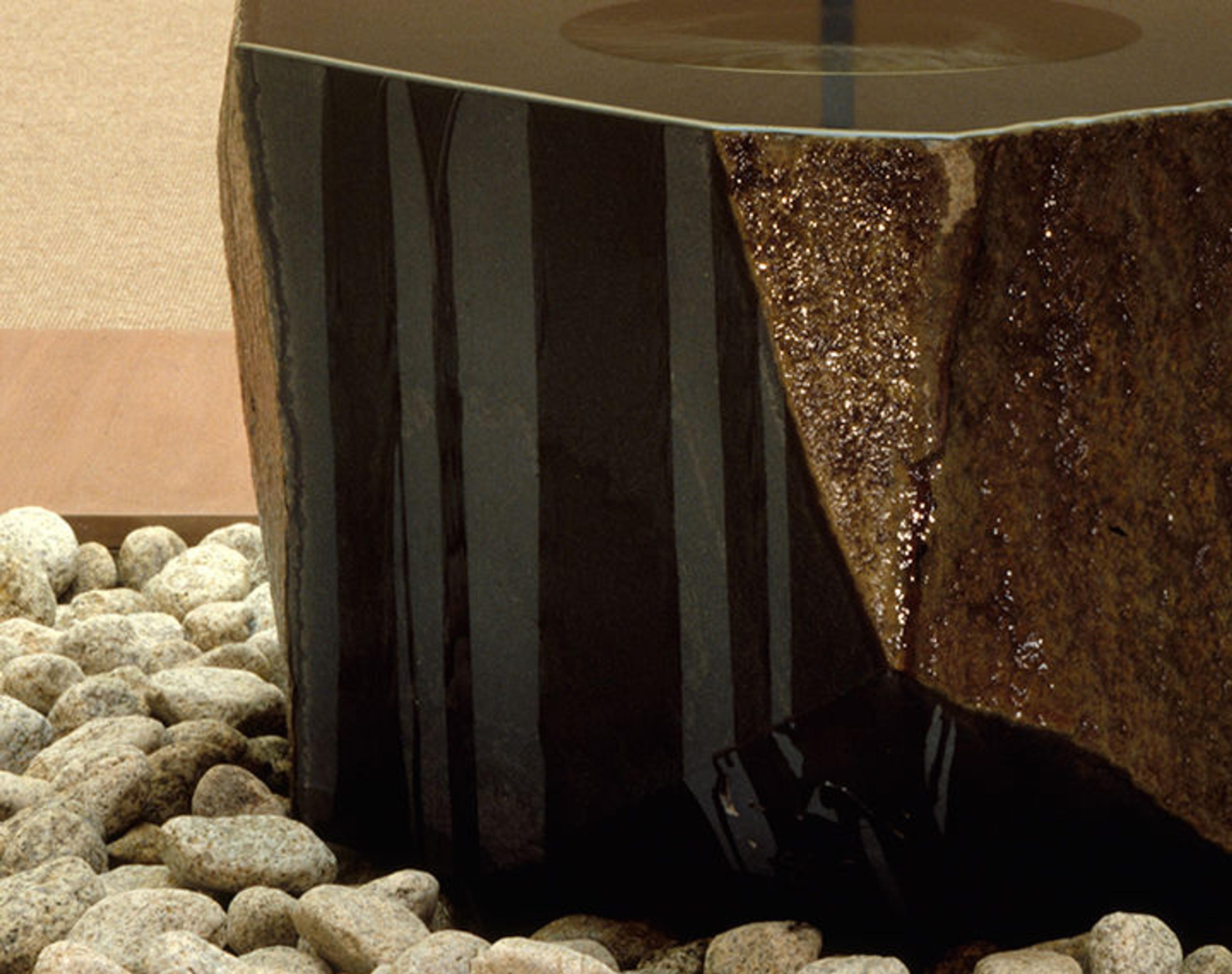
Clue: A Japanese-American sculptor named Isamu Noguchi worked for several months to carve this stone fountain for The Met. If you look carefully, you'll see that he made some places smooth and left others rough or uneven. The stones you see all come from Japan. The small stones are from a river that flows past the famous Ise Grand Shrine. A sacred site of the Shinto religion, the shrine is dedicated to the sun goddess Amaterasu.
Fun Fact: The black rock of this sculpture weighs one ton—as much as a car!
You can also view this work standing in either gallery 226 or gallery 229.

Visit #MetKids, a digital feature made for, with, and by kids! Discover fun facts about works of art, hop in our time machine, watch behind-the-scenes videos, and get ideas for your own creative projects.
